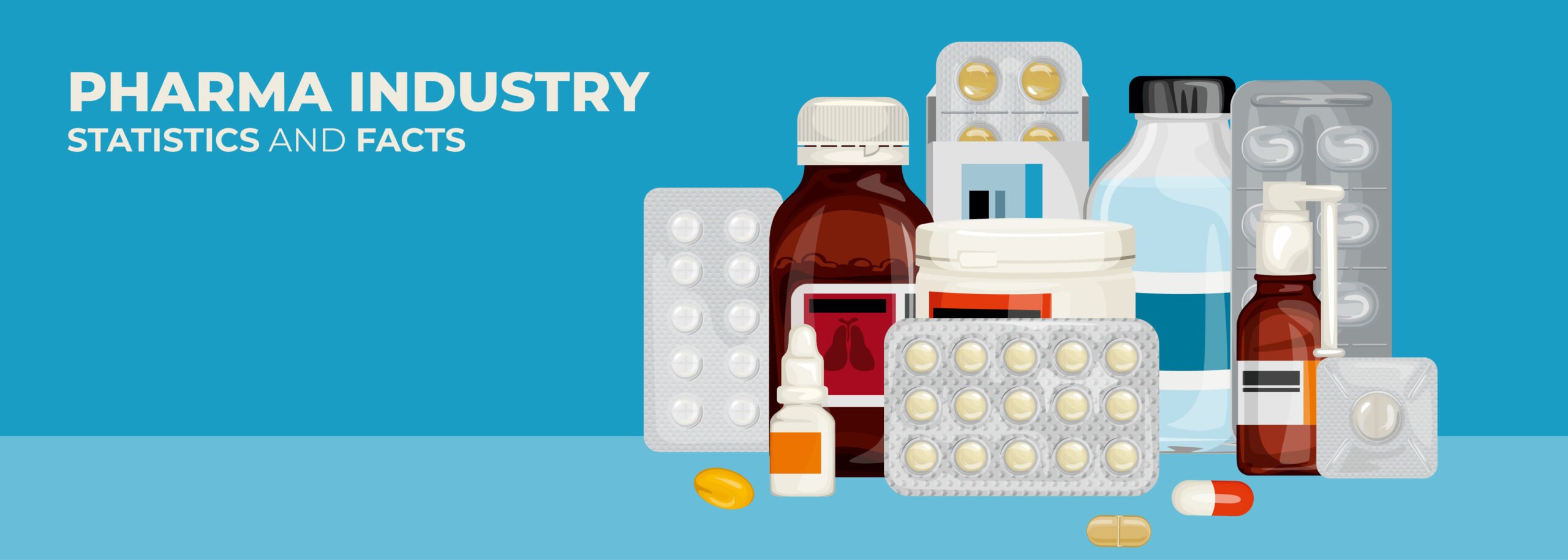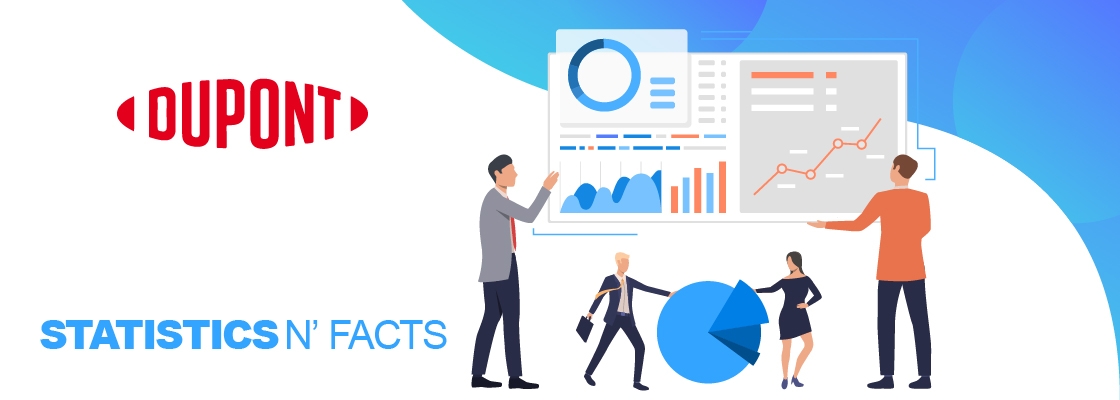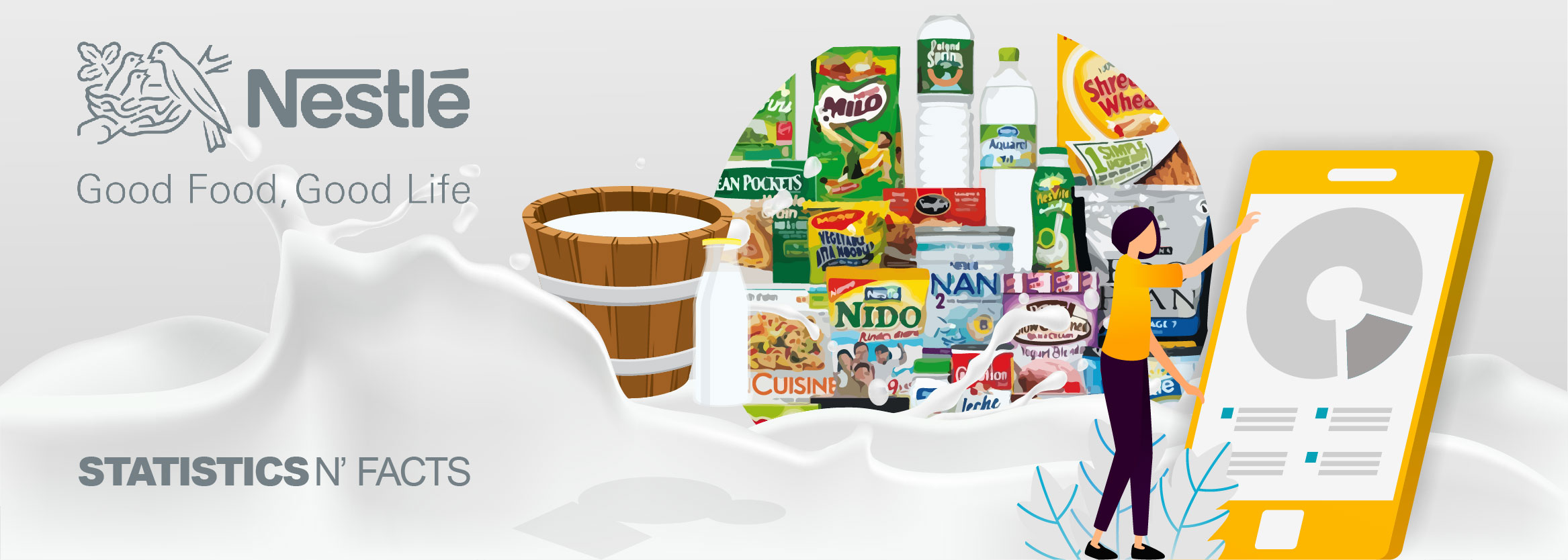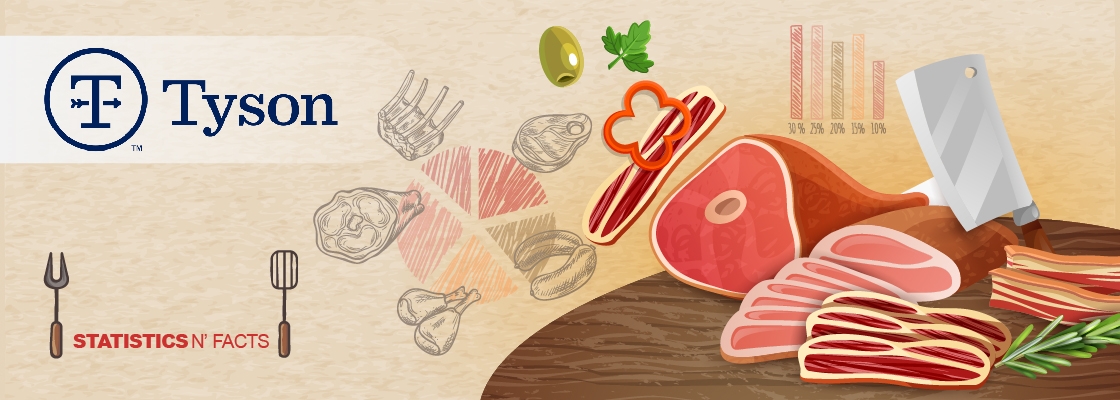The research, development, and manufacture of medicines and drugs constitute the pharmaceutical industry. It includes chemical study and regulation. The pharmaceutical industry’s characteristics vary from one region to the next. Global revenues from the pharmaceutical industry total 1.2 trillion dollars. With so much capital at stake, as well as the rapid pace of technological disruption, put more focus on prevention, digital health, and healthcare. The pharmaceutical industry is facing many challenges. These include financial and ethical ones. The pharma industry must embrace new technologies, patient design, and innovations. They also need to work with regulatory agencies to ensure that this is safe for patients. The digital revolution can be a boon for the pharmaceutical industry by using disruptive technology such as 3D printed drugs, artificial Intelligence guided therapies, and preventative medicine.
With the flattening of growth in pharma sales in developed countries, drug makers are increasingly looking to emerging markets for new sources of growth and revenue. This means pharmaceutical companies will focus on global competencies with strategies tailored for local markets to stay competitive. The United States continues to be the leading market for pharmaceuticals globally, followed by other emerging markets.
Emerging markets include middle and lower-income countries, including Brazil, India, Russia, Colombia, Egypt, and Russia. Despite the increasing global revenues, Latin American regions account for the lowest proportion of the global pharmaceutical market revenues. The rest of global pharmaceutical revenue comes mainly from emerging markets, including countries such as India, Russia, Brazil, China, and Brazil. These emerging markets are the ones that see the most significant increase in pharmaceutical sales. The world’s regions with the highest compound annual growth rates are Latin America and India Subcontinent, which will be the case until 2025.
With the global pharmaceutical market valued at over one trillion dollars, it is a large industry. Pfizer, Merck, and Johnson & Johnson are the top-ranking global pharmaceutical companies. North America and Europe remain the top global submarkets in pharmaceuticals. According to Statista, the entire global pharmaceutical market was estimated to be worth around 1.27 trillion U.S. dollars as of the end of -2020.
North America Pharmaceutical Industry:
The U.S. Pharma industry has developed and manufactured some of the most successful and innovative drugs globally. The U.S. has been known to produce medicines that treat a wide range of diseases otherwise impossible to treat. The United States was the largest single pharmaceutical market in 2021, with more than 550 billion U.S. Dollars of revenue. In 2020, North America’s pharmaceutical market accounted for more than 49% of the world’s pharmaceutical sales.
Europe Pharmaceutical Industry:
Europe generated around 228 billion U.S. Dollars, and therefore it is the second-largest region in the pharmaceuticals market. Promoting sustainability and competitiveness of E.U.’s pharmaceutical industry and the development of high-quality, safe, and effective medicines. Europe’s top high-tech industry employers are the research-based pharmaceutical industries.
Asia Pacific Pharmaceutical Industry:
The Asia Pacific is the third-largest market for pharmaceuticals globally, after North America and Europe. This is due to factors such as the aging population or the imminent expiration of patent medicines. Strong growth is being experienced in countries such as China, India, and Indonesia due to a growing population who spends more money on health and is more aware of chronic diseases. China is the biggest market in this region. The region’s primary driver of the pharmaceutical industry is generics.
South America Pharmaceutical Industry:
Brazil was the South American country with the largest pharmaceutical market value at nearly 21 Billion U.S. dollars in 2020. Mexico came second with a pharma value of 7.4 billion U.S. dollars. South America made up about 3.5% of the global pharmaceutical market revenue.
A further 70 cents is being produced in Latin America for every dollar made by the pharmaceutical industry. The pharmaceutical industry creates 1.7 new jobs for every job. After Brazil, Mexico is the second-largest pharmaceutical market in South America.
The Middle East & Africa Pharmaceutical Industry:
Saudi Arabia holds 60% of the Middle East’s pharmaceutical market. Saudi Arabia has the largest manufacturing industry in the Gulf. However, most of the production is for export markets. Around 15% of the total market supply of pharmaceuticals is produced in domestic markets. In the kingdom, there are about 15-20 pharmaceutical manufacturers, which include local companies and subsidiaries of multinational pharmaceutical companies.
Top Pharmaceutical Products by Sales Worldwide 2021
Covid-19 vaccine Comirnaty, which generated some 37 billion U.S. Dollars in revenue, was the top-performing pharmaceutical product in 2021. Humira was the second-ranked drug in 2021 with nearly 21 billion dollars in revenue.
World Pharmaceutical Sales 2017-2021 by Region
This statistic lists the global pharmaceutical sales between 2010 and 2021. It is sorted by regional markets. In Q3 2021 the total U.S. pharmaceutical sales were around 555 billion U.S. Dollars.
Top Global Pharmaceutical Companies Based on Pharma Revenue 2021
This chart shows the top five global pharmaceutical companies according to pharmaceutical revenue in 2021. Novartis, a Swiss corporation, generated 52 billion U.S. dollars in pharmaceutical revenue. Pfizer was however back in the first place due to record-breaking COVID-19 sales.
World pharmaceutical market growth by region 2021-2025
This statistic provides information on the expected global growth of the pharmaceutical market between 2021 and 2025. It includes the compound annual growth rate, as well as regional submarkets. North America is projected to grow at a CAGR between 4.2 and 4.2 percent over the same period.
Major Key Players in Pharma Industry:
Johnson & Johnson:
The company was established in 1886 and headquartered at The U.S. The market capitalization of the pharmaceutical and consumer goods company is $428.7 million. They were the first to approve the use of a vaccine in the United States and were included in the TIME100Most Influential Company List for 2021.
Tylenol and Band-Aid are some of Johnson & Johnson’s most well-known consumer brands. Johnson & Johnson is a leader in medical device products, research and development, pharmaceutical manufacturing, and consumer level.
Hoffmann-La Roche:
Hoffmann-La Roche, an international Swiss multinational healthcare company, operates worldwide under two divisions – Pharmaceuticals & Diagnostics. It controls many of the world’s largest pharmaceutical companies, including Genentech (USA), Chugai Pharmaceuticals (Japan), and Ventana (USA). It is at the forefront of immunology, oncology, ophthalmology infectious diseases, and neuroscience. Roche was established in 1896. Today, its headquarters are located in Basel. Roche raked in US$ 63.85 billion in revenues last year. Despite being the leading COVID-19 vaccine manufacturer in North America, Pfizer slid in the rankings to third place.
Pfizer:
Pfizer, an American multinational pharmaceutical corporation, is headquartered in New York. The company develops and manufactures medicines and vaccines in a variety of medical fields, including oncology, neurology, cardiology, endocrinology, and immunology.
Pfizer had annual revenues of USD 81.28 billion in 2021, and was the 3rd ranked pharmacy company in terms of revenue for the last 4 years, just behind Roche and Johnson & Johnson. Pfizer operates in two business segments: Pfizer Innovative Health, (IH), and Pfizer Essential Health (EH).
Bayer:
Bayer is the 4th most profitable pharmaceutical company globally. It is a German multinational pharmaceutical and Life Sciences company that is a developer, manufacturer, and distributor of human and veterinary drugs. They also produce consumer healthcare products and agricultural chemicals, seeds, as well as biotechnology products. The annual revenue of Bayer AG is US$ 47.09 billion in the year 2021.
Eli Lilly and Company:
This pharmaceutical giant was founded in 1876. For the treatment of diabetes, Eli Lilly introduced the world’s first commercially available insulin named Iletin. Eli Lilly and Company is well known for its clinical depression drugs Prozac (1986), and Cymbalta (2004) as well as antipsychotic medication Zyprexa (1996). Moreover, the great achievement of Eli Lilly and Company is being the notable contributor of the polio vaccine which was made by Jonas Salk.








